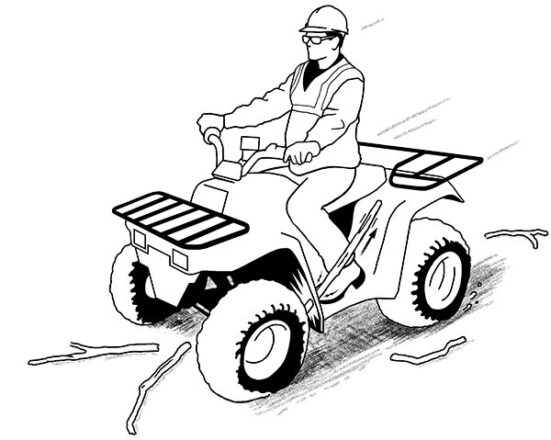National Forest Products Week 2021
I recently walked a timber harvesting operation in New Hampshire with a landowner and forester and was reminded of how critical the forest products industry is to our lives, our environment, and our economy. Of course, it is important to that landowner and forester, but it’s also important to so many others. Talking to the forester and landowner, I decided to follow the travels of a single tree to illustrate how many products – and how many jobs – are tied to the forest products industry.
The tree in question was a beautiful sugar maple – a northern hardwood found from New England to the Lakes States. It is the species that gives us maple syrup, and while this tree was not used for syrup production (tapping trees leaves marks that can decrease their future value as sawlogs), as a New Englander, I am obligated to remind you that there is no substitute for real maple syrup.
Of course, the trip from the stump to the landing provides jobs for the logging crew – a feller buncher operator and a skidder driver. Once at the landing, another individual operates the slasher and chipper, processing harvested trees into products ready to be loaded onto a truck. And yes, there are a few truck drivers, moving product from the landing to their markets.
The sawlog was sent to a New Hampshire sawmill. This mill employs about 80 people and produces grade lumber (used in flooring, furniture, and cabinetry) and wood pallets. In addition to producing lumber, the sawmill produces chips and sawdust.
A call to that mill informed me that the clean wood chips went to a paper mill in Maine, where over 500 full-time employees produce a range of paper grades – used in communication (printing and writing) and packaging.
The sawdust is sent to a local pellet mill – one that produces bagged pellets used in home heating applications, providing a renewable alternative to home heating oil, the dominant heating fuel in New England. The pellet mill employs about 30 individuals and runs 24 / 7.
This particular timber harvest was conducted using a feller buncher and grapple skidder, where the entire tree is brought to the landing. The top and branches were chipped directly into a trailer that was being sent to a biomass electricity plant about 30 miles away to make electricity sold onto the New England power grid. This biomass plant employs 25 professionals.
This single maple tree was raw material for lumber, paper, wood pellets, and renewable electricity. The harvesting and primary processing (manufacturing using wood as a raw material, not the furniture manufacturers or magazine publishers that may buy from the sawmill and paper mill) employs about 640 people. Of course, many (many) more trees are needed to supply these mills, but it is instructive to think about how many products came from the single stem I followed, and the economic impact associated with that manufacturing.
National Forest Products Week provides an opportunity to reflect on the many products that come from wood – and the supply chain that supports multiple industries. FRA has a great supply chain schematic that can help you illustrate this to customers, elected officials, and members of the public.
Think about the many products that come from a single tree in your region and how important that is to the rural economy. While you’re thinking about it, go ahead and order yourself some real maple syrup as well – a forest product that will start your day off right.


